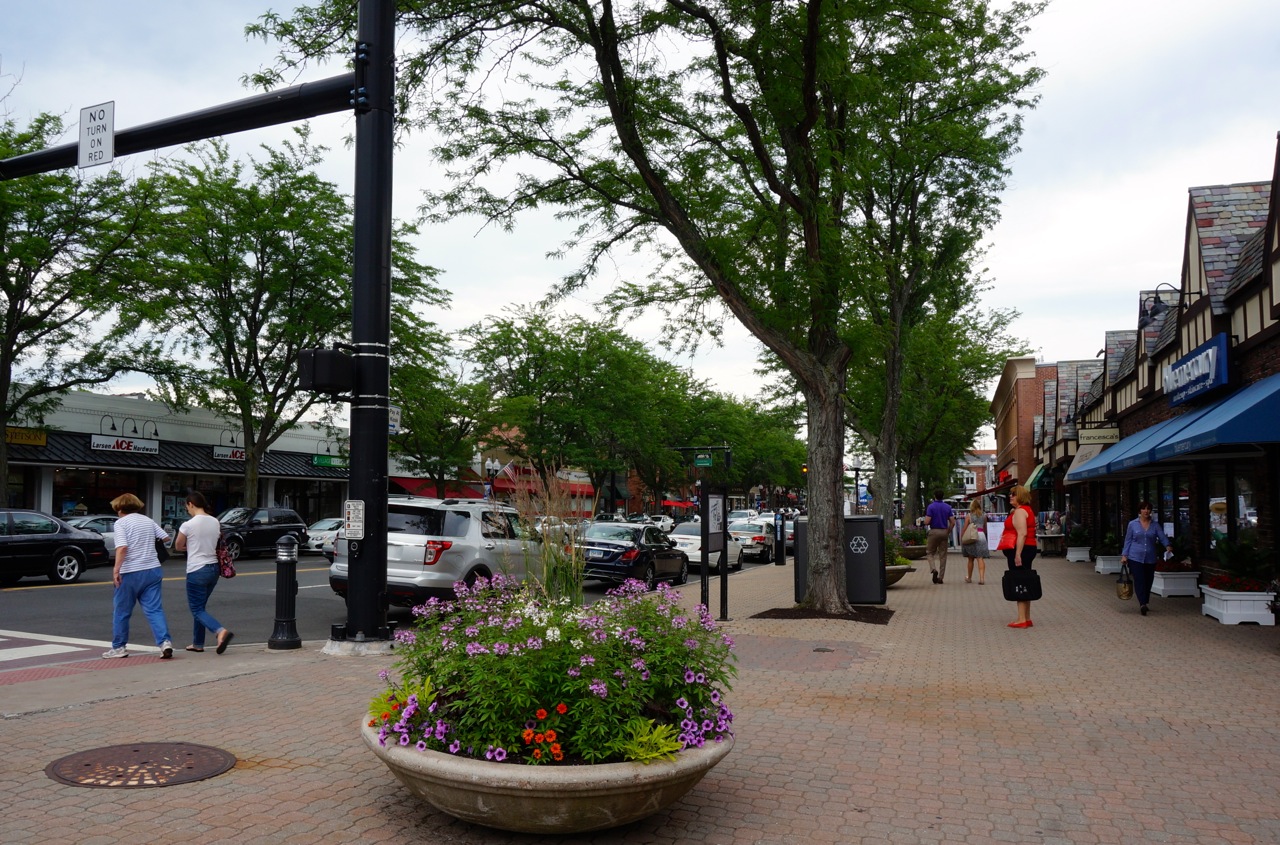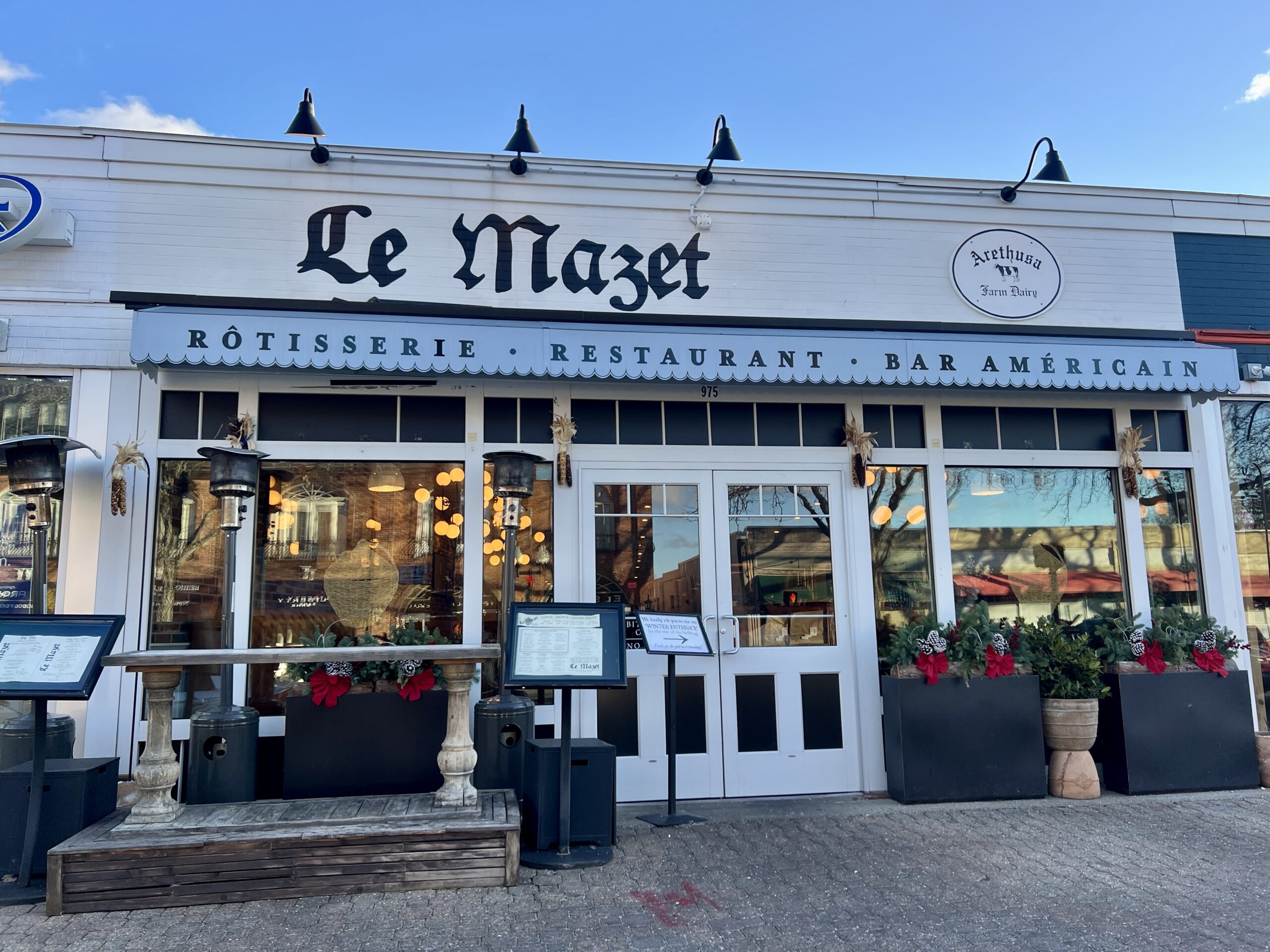Incentive-Based Zoning Ordinance Moves to West Hartford Town Council Agenda

Audio By Carbonatix

West Hartford Center. Photo credit: Ronni Newton (we-ha.com file photo)
The West Hartford Town Council will be considering an ordinance that will allow for development to exceed current density standards in cases where specific incentives are met.
By Abigail Albair, West Hartford Press Editor
Editor’s Note: This article appears courtesy of The West Hartford Press. For this and more news, see this week’s edition. To request a free, weekly copy, visit turleyct.com.
The West Hartford Town Council will receive and set for public hearing an ordinance to create new incentive-based zoning standards for the Central Business zone.
The Council’s Community Planning and Community Services Committee reviewed the draft of the ordinance Aug. 29 and determined final language.
The ordinance is part of an ongoing effort to foster development in West Hartford Center that is consistent with resident interests and the culmination of a months-long working group process, including public outreach and surveys to gather feedback.
While working group members present at the meeting earlier this week expressed appreciation for the process, they continued to raise concerns with development that may result once the ordinance is in place, if approved, specifically with development on the edges of the BC district on properties that are currently in “buffer zones.”
The review of the Central Business District zone came about following the failure of two zoning ordinance changes before the Town Council. Both had to do with density and requested an increase as part of a special development district application in a building’s maximum allowed floor area ratio (FAR), which is currently 1.25.
The new ordinance would make no changes to the underlying maximum in the FAR allowance, but would give developers an opportunity in an SDD application to ask for an FAR bonus for specific types of development as a means of incentivizing growth to “derive some public benefit or good,” Town Planner Todd Dumais explained.
“Owners of commercial properties within West Hartford Center routinely approach the town about possible reinvestment in their properties but current zoning ordinances sometimes prohibit the types of reinvestment ideas being contemplated,” the draft ordinance explains, noting that, based on public response during an outreach process over the last several months – including a public forum held in February and a survey conducted that garnered more than 700 responses – “It is believed that some targeted incremental intensification of development can be accomplished in West Hartford Center without negatively impacting surrounding residential neighborhoods, provided that it is done appropriately.”
One thing the ordinance looks to incentivize is affordable housing development.
Per the draft, the number of units in such a development that are designated as affordable – which must be at least 15 percent – can be excluded in determining the maximum number of units permitted on a lot.
“In no case, however, shall the total of all dwelling units provided exceed 115 percent of that allowed in the district,” it explains.
Infill developments are another type of development the town is hoping to attract to “build out an attractive street wall,” where presently there is “interrupted space,” Dumais said at a meeting last month.
To do so, the ordinance would allow the floor area of the ground floor to be excluded in determining maximum FAR.
The ordinance would exclude from determining maximum FAR, under certain stipulations, the floor area of any private parking garage providing dedicated parking spaces for the use of residential, retail or other commercial occupants of the lot.
Other incentives aim to attract historic preservation developments by excluding each square foot of floor area preserved within a historic building structure from determining maximum FAR, and to encourage public open space by excluding two square feet of floor area ratio in determining maximum FAR for each square foot of public open space provided.
The ordinance would also exclude 10 square feet of floor area from determining maximum FAR for each $1,000 of installed cost of public art, to a maximum exclusion of 1,500 square feet.
Dumais said the concerns of the working group after the July meeting were that the draft did not fully reflect the feedback received during planning efforts, specifically that the ordinance may allow for too much density and have a negative impact on neighborhoods given the cumulative effect applying multiple incentives could have.
The working group asked for further changes, some of which were incorporated in the latest draft and some of which were not, he said.
The maximum exclusion in the public art incentive was added, as was language that historic preservation development must reflect the scale and design of the existing historic structure.
Corporation Counsel Pat Alair noted that any development must have adequate parking, which will limit the projects that can occur.
Council member Ben Wenograd added that no development is allowed as of right under the proposed ordinance, but without a specific proposal to consider it is difficult to estimate just what a cumulative impact of all the incentives may be.
In all cases, in order for the FAR exclusion to be allowed, the Council would have to determine when considering the SDD application that “the development is of a contextually sensitive design and appropriate scale, that adequate parking exists to meet the demand of the existing and proposed development, that the development is in harmony with the open feeling and presence of natural light within the public realm of the district and that adequate street capacity exists on adjacent streets to accommodate the traffic,” among other requirements, the draft of the ordinance details.
The discretion of the Council will therefore be critical in determining what is and is not acceptable development going forward, Alair said.
He added of continued working group concerns, “What’s been conveyed to me is that folks would have liked to see three story maximums, fixed setbacks, more buffer. The problem with doing that is you give incentives over here, but to get them the requirements are so onerous it’s not worth the trade off.”
Scott Falk of the working group said his concern is the cumulative effect could be “double or triple” the FAR.
“We’re not against development,” he said. “We are concerned about our neighborhoods and our neighborhoods have changed dramatically in the last several years.”
He said the group’s main fear is zone creep, and insuring the buffer zones are not rezoned as BC in the future to allow larger developments than currently allowed to occur on those lots.
“This is a much greater ask in terms of FAR than it was a year ago. We need to protect our neighborhood. We are on the edge of the Center and the only way we can think to do it is to say, ‘Please don’t start down the path of rezonings.”
Dumais noted that any such request would have to go before the Town Plan and Zoning Commission, “the authors of the Plan of Conservation and Development,” and he is confident they would find a zone change of a current buffer zone to be inconsistent with that plan.
A negative referral from the TPZ would trigger the need for a supermajority approval of any project by the Town Council.
The Council will set the matter for hearing Sept. 12.
Like what you see here? Click here to subscribe to We-Ha’s newsletter so you’ll always be in the know about what’s happening in West Hartford!




[…] The incentive zoning ordinance proposal that ultimately was brought to the Town Council, which provides an opportunity for increased density if certain amenities are incorporated into a project, “is consistent with those guidelines and consistent with feedback” that was received. It does not eliminate the 1.25 FAR as a base, nor does it allow for buildings taller than four stories. […]